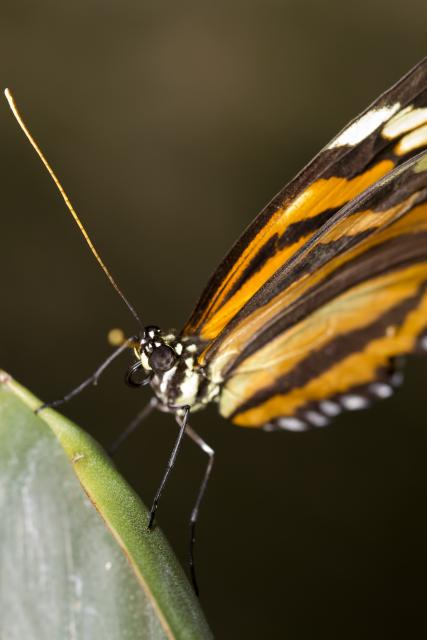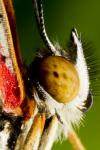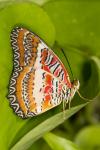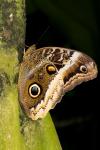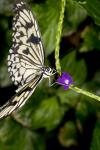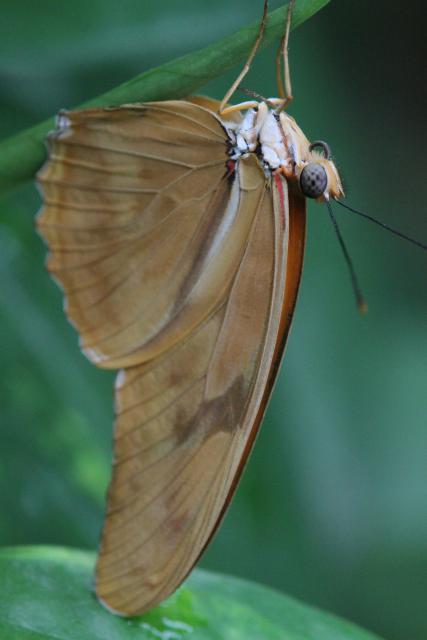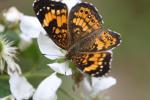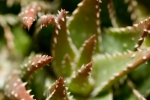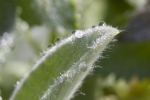butterfly
Niagara Parks Butteryfly Conservatory (part 2)
ktuli — Tue, 03/24/2015 - 20:16
Niagara Parks Butterfly Conservatory
ktuli — Mon, 03/23/2015 - 18:44
So other stuff pushed in front of getting these posted, but when we went to see Niagara Falls while it was frozen, we also stopped by the Niagara Parks Butterfly Conservatory. Here's a nice assortment from the day's visit...
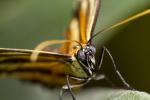 |
 |
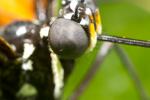 |
 |
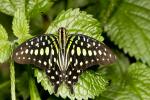 |
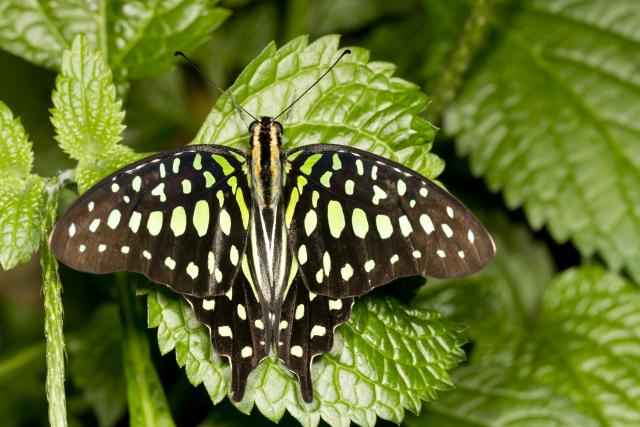 |
||||
 |
 |
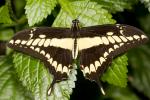 |
 |
 |
Thanks for stopping by.
- Bill
Silver-Spotted Skipper Close-Up
ktuli — Tue, 08/09/2011 - 21:44
Silver-Spotted Skippers (Epargyreus clarus) are skittish butterflies, so getting this close to one was a bit of a challenge.
Technical Data: Canon EOS 7D, Canon EF 100mm f/2.8L Macro IS USM, 1/250 sec at f/16. Canon Speedlight 580EX II flash in auto mode and wireless control. Image Stabilization on. ISO 160. RAW processing in Adobe Camera Raw.
I am especially happy with the crisp focus on this butterfly's eyes and on its feeding proboscis - even with some pollen. At full size, you can very clearly see the facets of its eyes, and the individual grains of pollen.
These are the kinds of macro shots that I lreally like - giving a view of something that normally would be overlooked.
- Bill
Feeding Orange Butterfly
ktuli — Wed, 04/20/2011 - 20:33
I have to admit that this photo is a bit old and actually dates back to when I had no clue what I was doing and was shooting in one of the auto-modes. However, I feel we need something with a little color since the last few have been somewhat drab. With spring finally setting up shop, shots like this will hopefully be more frequently.
Technical Data: Canon EOS Digital Rebel XT, Tamron 180mm f/3.5 Di SP LD 1:1 Macro, 1/320 sec at f/4.5. ISO 400. No post production. Franklin Park Conservatory, Columbus, OH.
Why This Photo: What can I say? I like macro photography, and butterflies make interesting macro subjects.
What Works: A shallow depth of field produces a nicely blurred background, while keeping the camera parallel to the wings of the butterfly keeps them in relatively good clarity. Also, the focus is sharp on the eyes of the butterfly, and a diagonal composition nicely balances the orange butterfly with the green plants.
What Doesn't Work: The antenna breaks the top of the frame, and the depth of field is a bit too shallow to keep the tips of the antenna in clarity.
I also have to apologize that I don't know the species of this butterfly, and I'm feeling a little lazy tonight, so I don't have my normal species information.
I'm just looking forward to getting out and capturing more spring macros soon!
- Bill
Resting Julia Butterfly
ktuli — Sat, 07/24/2010 - 21:53
Our last visit to Phipps was also to see what we could find at their Butterfly Forest.
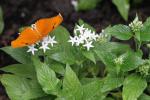
This Julia Butterfly (Dryas iulia) isn't necessarily the flashiest of butterflies. Even with its wings open, it is simply an orange butterfly as you can see to the right. However, when their wings are closed, they're even less spectacular.
But that doesn't make them any less interesting as a photographic subject in my opinion.
Technical Data: Canon EOS 7D, Tamron 180mm f/3.5 Di SP LD 1:1 Macro, 1/260 sec at f/6.4. ISO Auto. Canon Monopod. Phipps Conservatory, Pittsburgh, PA.
Why This Photo: Honestly, I was out specifically to take photos, and specifically out to take photos of butterflies, so...
What Works: Focus is sharp even with only using a monopod with the focus hitting right on the butterfly's eye and mouth.
What Doesn't Work: Framing is just a touch off with the one antenna and the feet of the butterfly break the edge of the shot, and the depth of field could be a bit deeper as the edges of the wings are not as sharp as they could be.
What I'm Not Sure About: I honestly can't decide whether I like the upside-down shot of the butterfly, and can't tell if this shot is interesting or just flat and boring.
Butterfly shots are tricky, but maybe that is why I keep trying them - I like the challenge, and I feel that once I can pull it all together and get that one perfect shot it will be all worth it. Is there a particular shot you keep trying for?
- Bill
Resting Gorgone Checkerspot
ktuli — Wed, 06/02/2010 - 17:00
As promised, here's another photo of one of those Gorgone Checkerspot Butterflies. This little guy was willing to let me move in as close as my lens would allow (18.5 inches).
I moved around to a couple different angles and distances, but unfortunately was so focused on the butterfly and getting the images before he flew off that I only came up with this one image that I think works well.
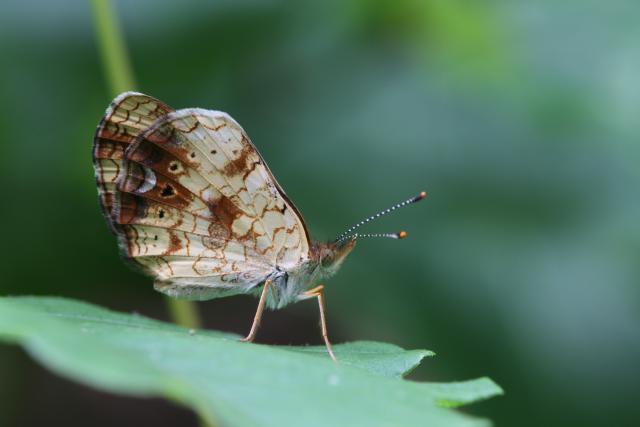
Technical Data: Canon EOS 7D, Tamron 180mm f/3.5 Di SP LD 1:1 Macro, 1/10 sec at f/9.1. ISO 200. Dolica AX620B100 tripod. No post production. Kanawha State Forest, Charleston, WV.
What Works: Focus is tack sharp with enough depth of field to keep most of the butterfly in focus (the very tips of its antennae are slightly blurred). The softly blurred background and framing with the offset butterfly is pleasing.
What Doesn't Work: The bright green grass stem in the background is a slight distraction, and if the antennae tips were in focus would be a bit nicer.
As I said, I took several other exposures of this guy, but none of them were just right. Everyone of them had some semi-major flaw with them that I was displeased with...

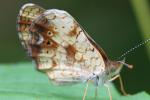
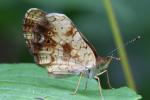
The image on the left has a weird convergence with the antenna tip and the eye of the butterfly. The center image shows my typical problem of cropping too closely in camera and cutting off key elements (antenna tip and feet in this case). While the third image has distracting background elements in a bad location right behind the butterfly's head.
That's why you take multiple exposures with a subject.
- Bill
Gorgone Checkerspot Butterfly
ktuli — Tue, 05/25/2010 - 20:51
Anya and I took a trip down to Charleston, WV this past weekend, and so I spent two days taking photographs in Kanawha State Forest. The first day we spent roughly two hours walking just a 0.25 mile trail.
We saw tons of things to photograph because I had our Tamron 180mm Macro lens set on the camera. We spent the entire time looking for tiny critters to photograph - things from butterflies, to frogs, to millipedes, and spiders... tiny flowers, mushrooms, and even some strange wild dwarf strawberries.
Anya really is a great spotter. I love being out on photo excursions with her. She finds a subject for me, then wanders ahead to find another while I set up shop and take some photos. She really helps with my patience to move slower through an area and look at things much more closely - definitely helpful when you're out for macro shots.
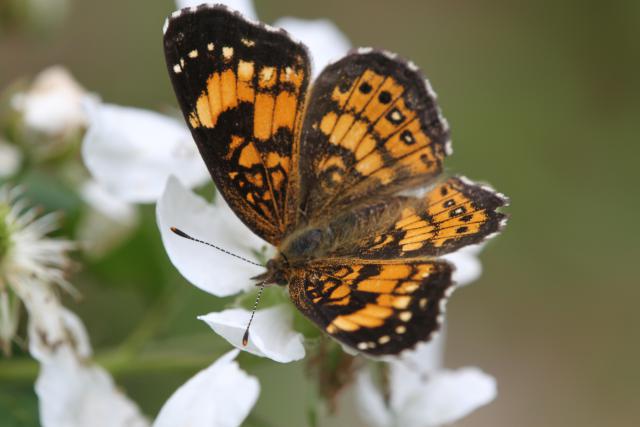
Technical Details: Canon EOS 7D, Tamron 180mm f/3.5 Di SP LD 1:1 Macro, 1/100 sec at f/7. ISO 200. Dolica AX620B100 tripod. No post production. Kanawha State Forest, Charleston, WV.
Why This Photo: We had just hopped out of the truck, and gotten started. There were butterflies all over the place, so what better subject to get started with. Butterflies are incredibly elusive, but so rewarding when you manage to get a good crisp shot.
What Works: I like the soft background of this photo, with enough detail to not be bland and boring. The framing is nice - I had another shot that was slightly crisper in focus, but the edge of the wing got clipped off - this shot has the entire butterfly in the shot, and nicely offset to keep things interesting.
What Doesn't Work: The focus is just the slightest bit soft on the eyes of the butterfly (but you have to look at the full size version to really notice). Additionally, I failed to hit that perfect time when the both wings were parallel to the camera's sensor to produce both wings in focus - this isn't as huge of a deal in my opinion, but a shot with both wings crisp would be worth so much more. And finally, I wish the butterfly had been oriented in a more upright position as opposed to this downward facing direction - but beggars can't be choosers (at least not yet).
Researching more on this butterfly to find the species (Chlosyne gorgone) showed that they are only reported to live in that specific county in WV where the Kanawha State Forest is. They live plenty of other places in the country, but I just happened to get lucky with this one in that area.
They by far were the most abundant butterflies in the park, and were definitely the most cooperative to photograph. I'll have another shot of one that I shot later that day that literally let me move around it and inch closer and closer as if it could care less. I'll share that photo later, I promise.
What do you think of this shot? Maybe compare it to this one to the right which is the one I mentioned that the wing tip got cropped out (darn constantly moving subjects combined with a gentle breeze!).
Leave me a comment and give me a little critique.
And stay tuned as I have many more photos to share from this outing.
- Bill


